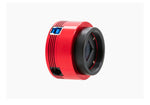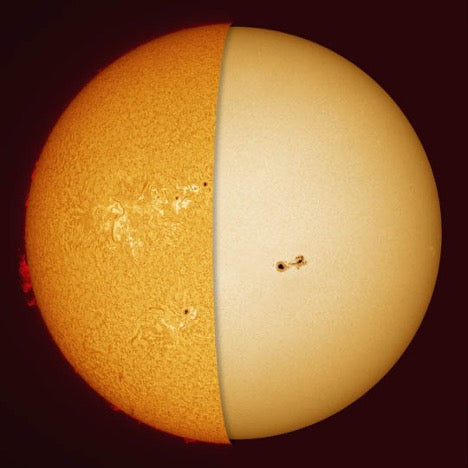Antlia Solar Discover 5A Cak
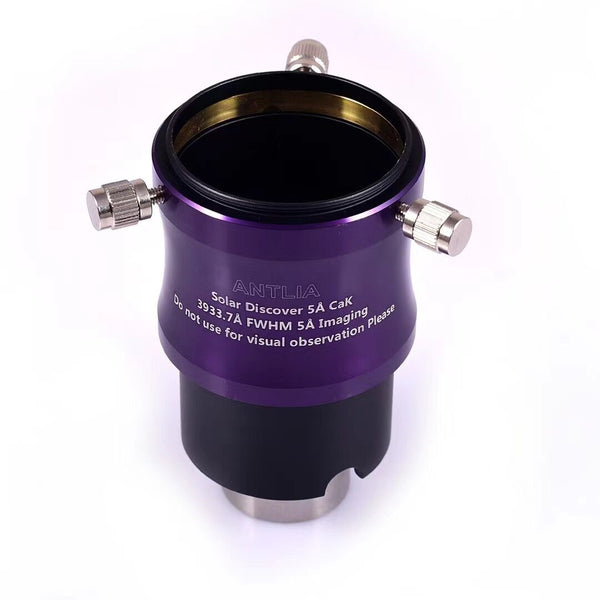
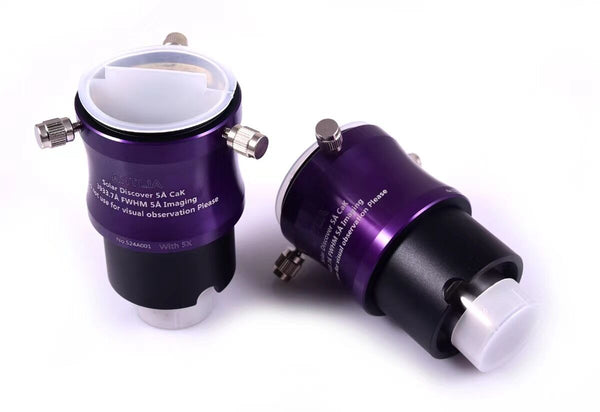

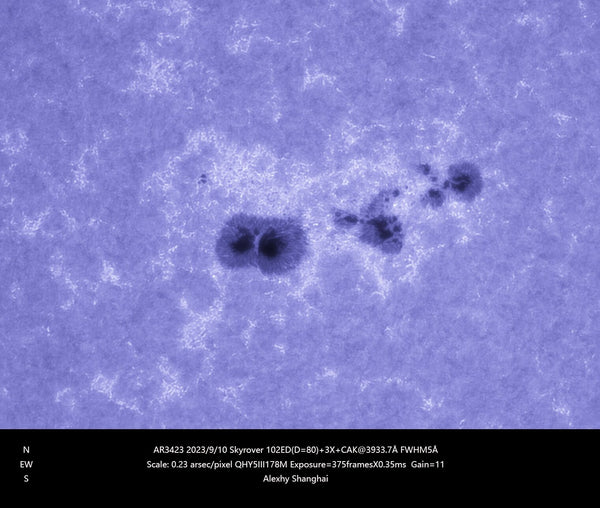






Antlia Solar Discover 5A Cak
Configuration - with 2X Barlow | CAK-5A-DISCOVER-2X
$1,320.60 with 3X Barlow | CAK-5A-DISCOVER-3X
$1,320.60 with 5X Barlow | CAK-5A-DISCOVER-5X
$1,320.60 Discover ONLY | CAK-5A-DISCOVER
$1,249.60 2X Barlow Only | CAK-5A-BARLOW-2X
$71 3X Barlow Only | CAK-5A-BARLOW-3X
$71 5X Barlow Only | CAK-5A-BARLOW-5X
$85.20 50mm Extension Only | CAK-5A-50MM
$28.40 70mm Extension Only | CAK-5A-70MM
$35.50
Why Purchase from All-Star Telescope?
Free Expert Support
Whether you are a first timer needing help with setting up or an enthusiast that can't quite make that one thing work, our expert staff are ready to support your needs. With decades of knowledge and first hand experience we've been there and we can help you through it!
Stress Free, Secure Transactions
You can trust purchasing and delivery with All-Star Telescope. All of our transactions are 100% secure and Level 1 PCI DSS compliant thanks to Shopify's ShopPay platform. For additional protection, we insure 100% of the value of every shipment we make. If it get's lost during shipment, we replace it. If it gets damaged during shipment, we replace it. We make sure your product arrives exactly as you would expect it to; we promise.
We also ensure privacy protection. We never keep any of your credit card information on file and any of your personal data is stored according to our policies.
30 Day Return Policy
Buy with confidence knowing that we accept returns up to 30 days after purchase. We want you to have something you will actually use and we are confident that we keep good quality products in our store with No Junk.
Price Match Promise
Shipping around for the best price is tough, we make it easier by offering the best pricing in the market. But if you find a better price on an in-store item somewhere else we will match it!
Recommended Accessories
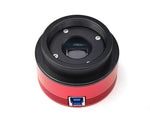
ZWO ASI174MM USB3.0 Monochrome Camera (ASI...
This little camera is fantastic for guiding and maybe even better for solar imaging. We use one here in the shop on our solar rig.

ZWO ASI174MM USB3.0 Monochrome Camera (ASI174MM)
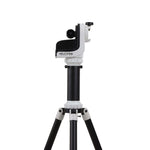
Sky-Watcher SolarQuest Mount (S21170)
These are fantastic mounts. They use built in GPS and a camera to have your telescope find and follow the sun. All you have to do is turn it on. We...

Sky-Watcher SolarQuest Mount (S21170)
Product Description
The Antlia Solar Discover 5Å CaK assembly incorporates a set of light-reducing filters to reduce solar heat ingress for safe operation during solar imaging. It is specifically engineered to enhance imaging contrast for Plages, Light Bridges, features prominent in the CaK 393.3nm line and sunspots.
The Antlia 5Å Ultra Narrow Bandpass Filter is built in, it features a clear aperture of D12mm (B1200) and a wavelength centered on the Calcium II K-Line at 393.3nm. With its ultra-narrow full width at half maximum (FWHM) of 0.5nm, it enables the capture of details in the Chromosphere.
Installation is similar to the Antlia CaK 3nm Solar Herschel Wedge, with the telescope attached at one end and the camera at the another. The metal tube machined from aircraft aluminum CNN and oxidized. The filters are assembled within a fully enclosed tube, preventing stray light into it.
Important Notes
- If you do not use the Barlow lens, your telescope must has a focal ratio >7.
- Optional 2X,3X and 5X Barlow lenses are available, Antlia specifically designed for Solar Discover 5Å CaK ; please order them separately if required. Please refer to the installation diagram and an installation video can be supplied for your reference.
- Optional 50mm and 70mm extension tube are provided by Antlia for better focus. please order them separately if required.
- When you are using a zenith mirror, or Barlow lens supplied by other manufacturer, the ERF filter must be installed in the correct position for safe operation. Please refer to the installation diagram.
- When you are using a telescope with an aperture >100mm, you need to use additional light reduction solutions, such as ERF filters,solar safety films, lowering the telescope aperture for safe operation while using Solar Discover 5Å CaK; If without the extra light reduction solution, the Solar Discover 5Å CaK can only used with REFRACTORS up to 100mm aperture.
About Visual Observation
The bandpass of CaK (393.3 nm) is almost invisible to the human eyes, hence, the Antlia Solar Discover 5Å CaK assembly is primarily used for solar imaging and not recommended for visual observation due to the difficulty of many to visually see information that CaK has to offer.
In addition, the IR coating range of our products is slightly different from the ISO 12312-2 Standard for Solar Viewers, please see the following chart and refer to ISO 12312-2 Standard for Solar Viewers (https://eclipse.aas.org/eye-safety/iso12312-2)
For tough technical requirements and safety considerations, we do not recommend Solar Discover 5Å CaK assembly for visual observation.If you need to use the product for visual observation, it is important to ensure that all filters built into the assembly are in good condition for safety.

Warranty: 3-years
Disassembly of the assembly is prohibited and voids warranty. Any repair/returns/exchange for this item is not accepted once it has been disassembled.
Specifications
|
ISO12312-2 Transmittance Requirements |
Antlia Transmittance Requirements (Solar Discover 5Å CaK, Solar Discover 3nm CaK Assembly,Dualband Ha, CaK and CaH filter Assembly,ERF) |
||
|
Requirements |
Value |
Wavelength Range |
Wavelength Range |
|
Tmax% |
0.0032% |
380-780nm |
380-780nm |
|
Tmin% |
0.000061% |
||
|
Tmax%(UVB) |
0.0032% |
280-315nm |
280-315nm |
|
Tmax%(UVA) |
0.0032% |
315-380nm |
315-380nm |
|
Tmax%(IR) |
3% |
780-2000nm |
780-1700nm |
Product Installation Diagram



